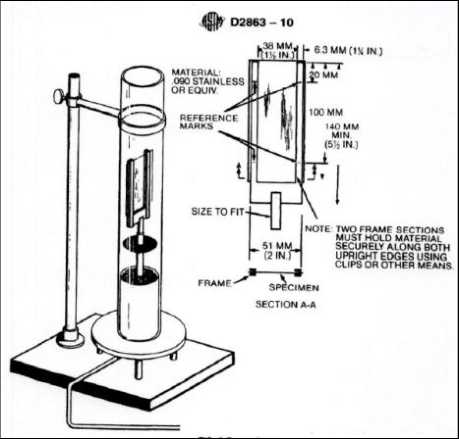- Qinsun Instruments Co., Ltd.
- Tell:+86-21-6780 0179
- Phone:+86-17740808215
- Address:No. 2578 Minhang District Gu Dai Road, Shanghai
- Contact:Mr. Li
- QQ:846490659
Selection of Vortex Flow Meters

Flow meters are one of the major categories of instruments and devices in process automation. They are widely used in various fields of the national economy, such as metallurgy, electricity, coal, chemical industry, petroleum, transportation, construction, light textile, food, medicine, agriculture, environmental protection, and people's daily life. They promote the development of industrial and agricultural production, save energy, and improve product quality, The important tool for improving economic efficiency and management level occupies an important position in the national economy. In process automation instruments and devices, flow meters have two main functions: as detection instruments for process automation control systems and as total quantity meters for measuring material quantities.
There is no perfect flow meter, and each type of instrument has its own characteristics. The purpose of selection is to leverage strengths and avoid weaknesses among numerous varieties to choose the appropriate flow meter instrument. The selection of flow instruments (flow meters) often plays a crucial role in the successful use of the instruments. Due to the complex conditions of the tested object, as well as the variety and performance indicators of the instruments, the selection of instruments is difficult.
(1) General selection of vortex flowmeter:
Five aspects can be considered, including the performance of flow meters, fluid characteristics, installation conditions, environmental conditions, and economic factors. The detailed factors in five aspects are as follows:
1. In terms of instrument performance: accuracy, repeatability, linearity, range, flow range, signal output characteristics, response time, pressure loss, etc;
2. In terms of fluid characteristics: temperature, pressure, density, viscosity, chemical corrosion, abrasiveness, scaling, mixing, phase change, conductivity, sound velocity, thermal conductivity, specific heat capacity, isentropic index;
3. In terms of installation conditions: pipeline layout direction, flow direction, length of straight pipe sections on the upstream and downstream sides of the test piece, pipeline diameter, maintenance space, power supply, grounding, auxiliary equipment (filters, deaerator), installation, etc;
4. In terms of environmental conditions: environmental temperature, humidity, electromagnetic interference, safety, explosion-proof, pipeline vibration, etc;
5. In terms of economic factors: instrument purchase cost, installation cost, operation cost, calibration cost, maintenance cost, instrument service life, spare parts, etc.
(2) The selection steps for turbine flow meters are as follows:
1. Preliminary selection of available instrument types based on fluid types and five factors to consider (several types should be available for selection);
2. Collect data and price information for the initial selection type to prepare conditions for in-depth analysis and comparison;
3. Using the elimination method, gradually concentrate on 1-2 types, and repeatedly compare and analyze the five factors to determine the pre selection target.





